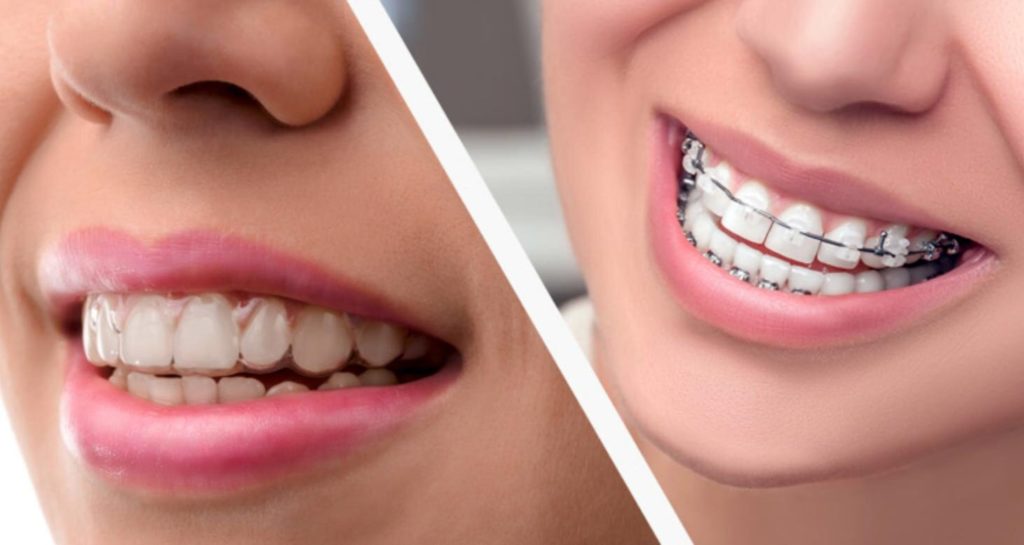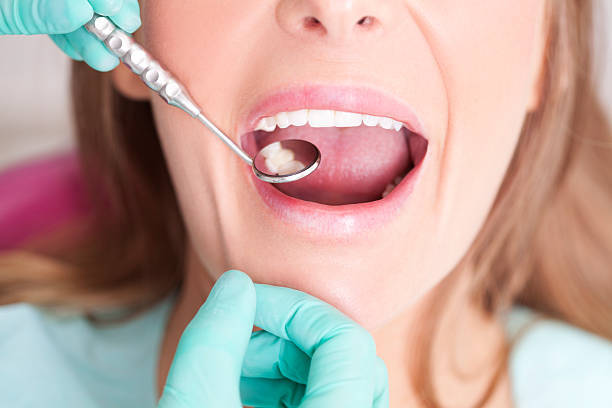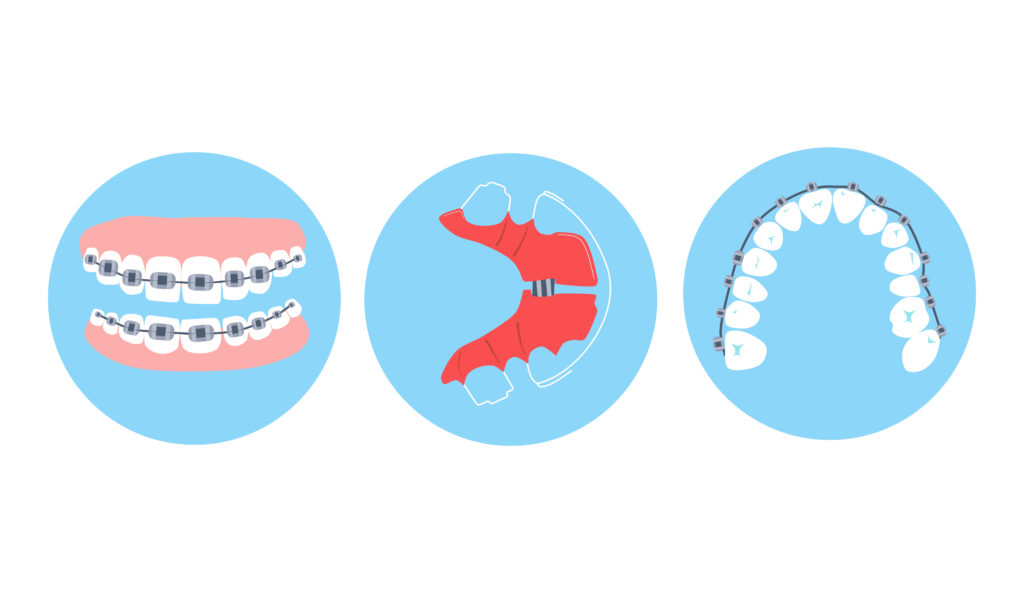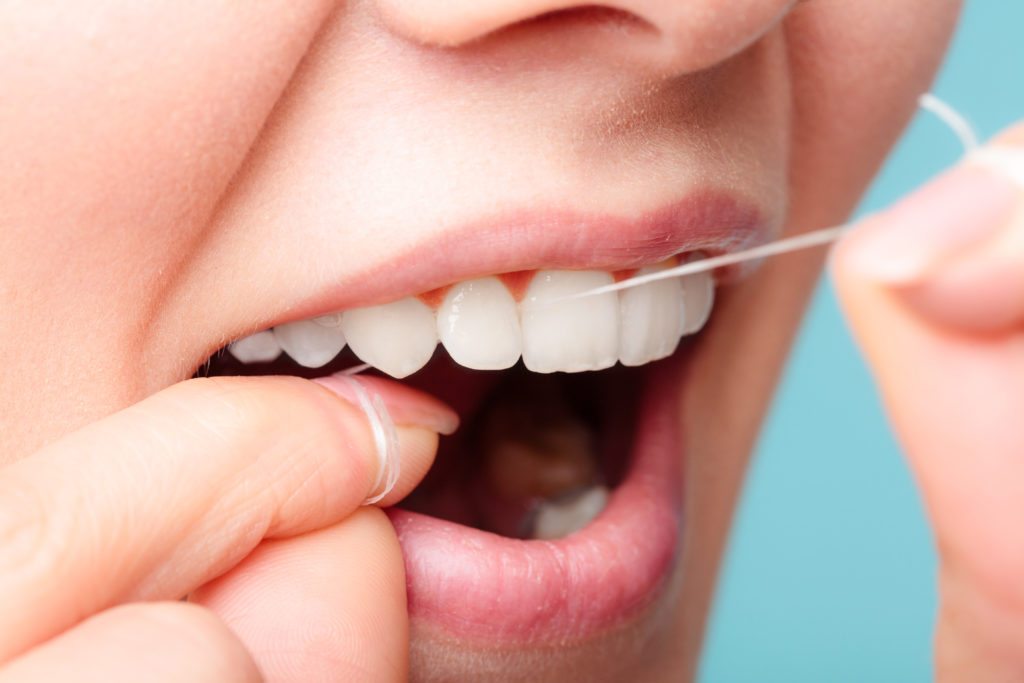January 13, 2022
A little bad breath here and there is normal. If we’ve eaten something particularly pungent or had to cut our two minutes’ worth of toothbrushing time short because we ran late before work, chances are we won’t spend the day smelling like cinnamon or mint.
But when your child has bad breath, you have to pay more attention. And if their bad breath persists for prolonged periods of time, then action becomes necessary.
The problem? You don’t know how to act until you know what, exactly, has caused it.
The Origins of Oral Odors
First and foremost, infections and disease may be the leading cause of your child’s bad breath, otherwise referred to as “halitosis.” Your child’s tonsils, for example, may be the culprit.
“Healthy tonsils should be pink and spot free, but infected ones are red, inflamed, can have white spots and smell terrible,” Colgate explains. “Bacteria can collect in the pits of swollen tonsils and, paired with the sour smell of infection, can cause bad breath.”
Similarly, diabetes, sinus infections, and even stomach infections can also cause unpleasant oral odors.
Otherwise, be on the lookout for mouth breathing. Mouth breathing and snoring at night — in dry mouth in general — can dissolve their saliva faster, thereby allowing odor-causing bacteria to remain in their mouths longer.
Solutions for the Sordid Smell
The first place to start in curing bad breath is, as always, helping your child remain diligent in their dental practices. Flossing, brushing for two minutes, and — if they’re old enough – using mouth wash twice a day can drastically improve the way their breath smells throughout the day.
Luckily, there are also a few other options you can try.
“To get more saliva moving in your mouth, try eating healthy foods that require a lot of chewing, like carrots or apples,” the American Dental Association (ADA) recommends. “You can also try chewing sugar-free gum or sucking on sugar-free candies. Your dentist may also recommend artificial saliva.”
That being said, if your child’s bad breath persists despite implementing the aforementioned lifestyle changes, it’s time to see your dentist. If the cause is oral, their team will be able to help you make a plan of action. If not, they will know when to direct you to your primary care doctor for further answers.
A Breath of Fresh Air with SouthShore
If you’re planning to tackle the heavy burden of halitosis — and if you’re also ready to straighten your child’s smile — SouthShore Orthodontics can help!
Not only do we offer a variety of options for aligning your child’s teeth (including clear aligners, various braces, and more), but our team also offers exceptional services in a relaxing environment. In short, we can’t wait to keep your smile as healthy and happy as possible!
Ready to learn more? Then contact our team today to schedule your FREE consultation by calling (813) 815-0080! We welcome new patients of all ages.










